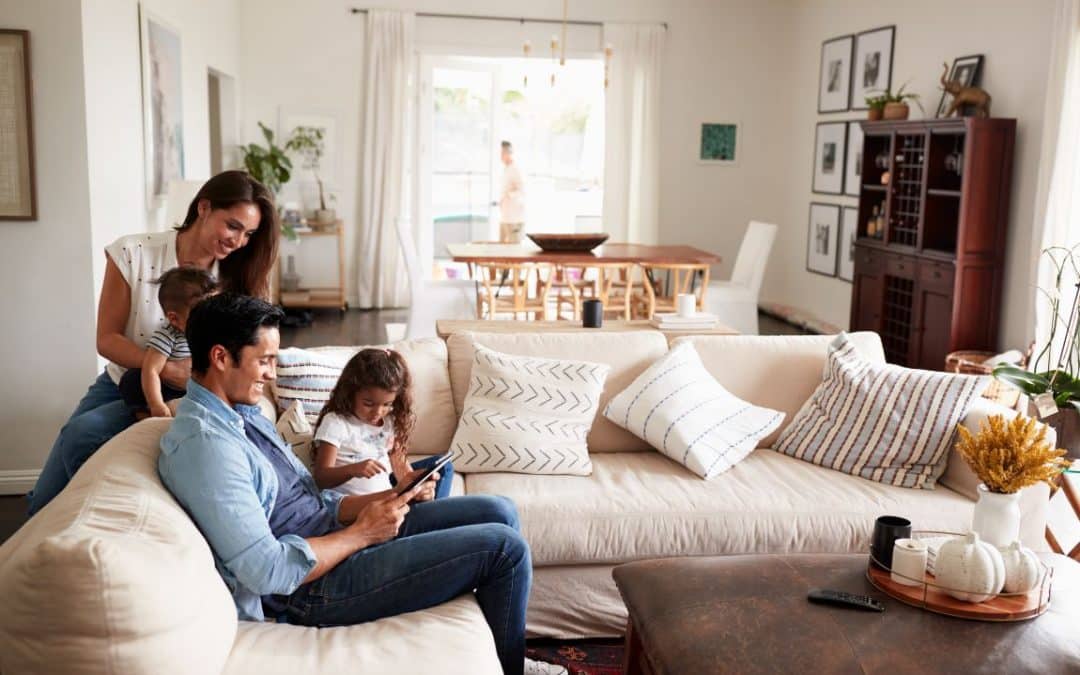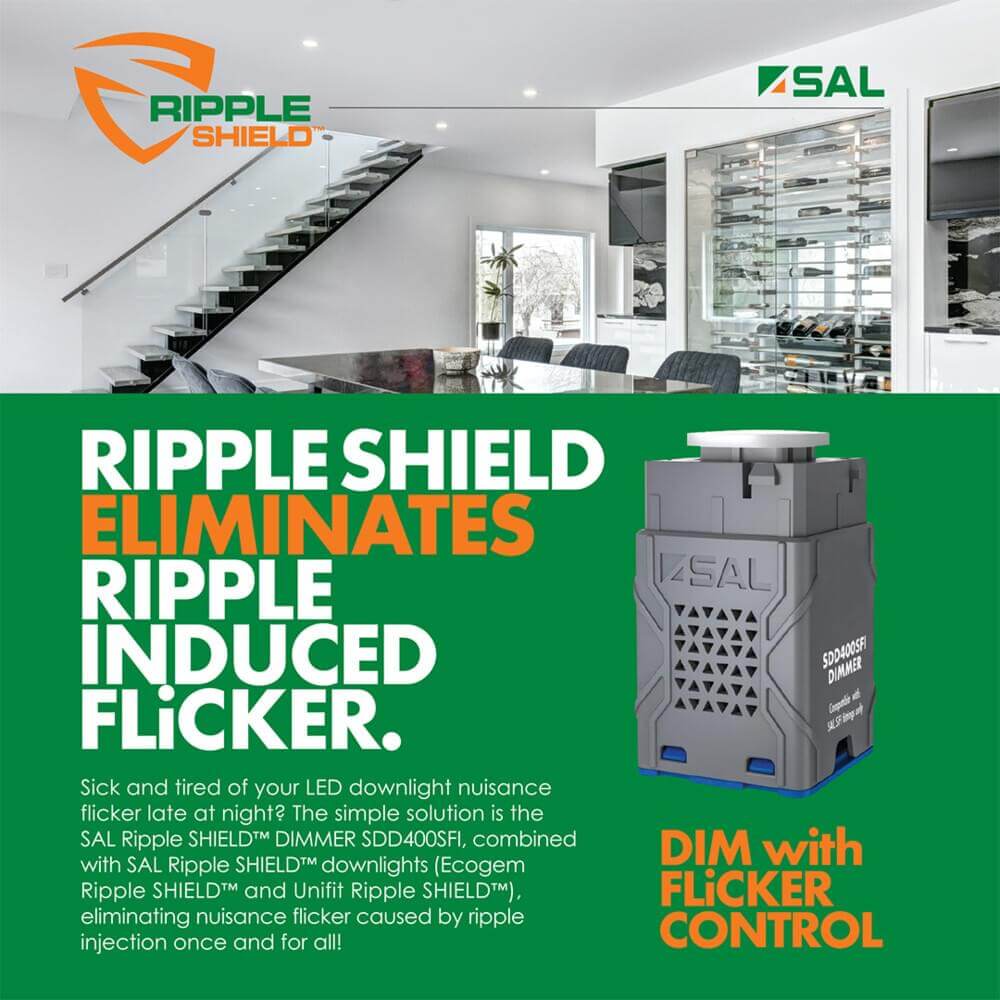In this article, you will learn the correct way to get the best smart lighting for your forever home in Australia, and how to choose from the massive selection of lights and smart home solutions to avoid costly mistakes and make the most of smart home technology.
In 2025, there are three main functional reason to invest in smart home technology in Australia being smart lighting, smart climate control and smart security. Here at PIXIE we describe these benefits more broadly as:
Whilst a smart home system like PIXIE, which is designed in Australia exclusively for Australian wiring conditions, delivers a cost effective smart home solution for a fraction of the price of legacy ‘home automation’ systems without any of the technical headaches associated.
The focus in this post is about how you can select the right light, for the right place (in your home), and making sure its performing correctly at the right time.
Index for The Right Way to Do Smart Home Lighting in 2025 in Australia
- Right Light. Right Place. Right Time
- Architecture Has no Life Without Light
- Why colour temperature is important
- Why CRI is important
- Dim Everything and Why this is a must
- Flickering and Dimming
- Light Recommendations
- Using Lamps in Fixtures
- LED Strip Lighting
- Layering Lighting
- Human Centric Lighting
- Your Smart Lighting Selection Check List
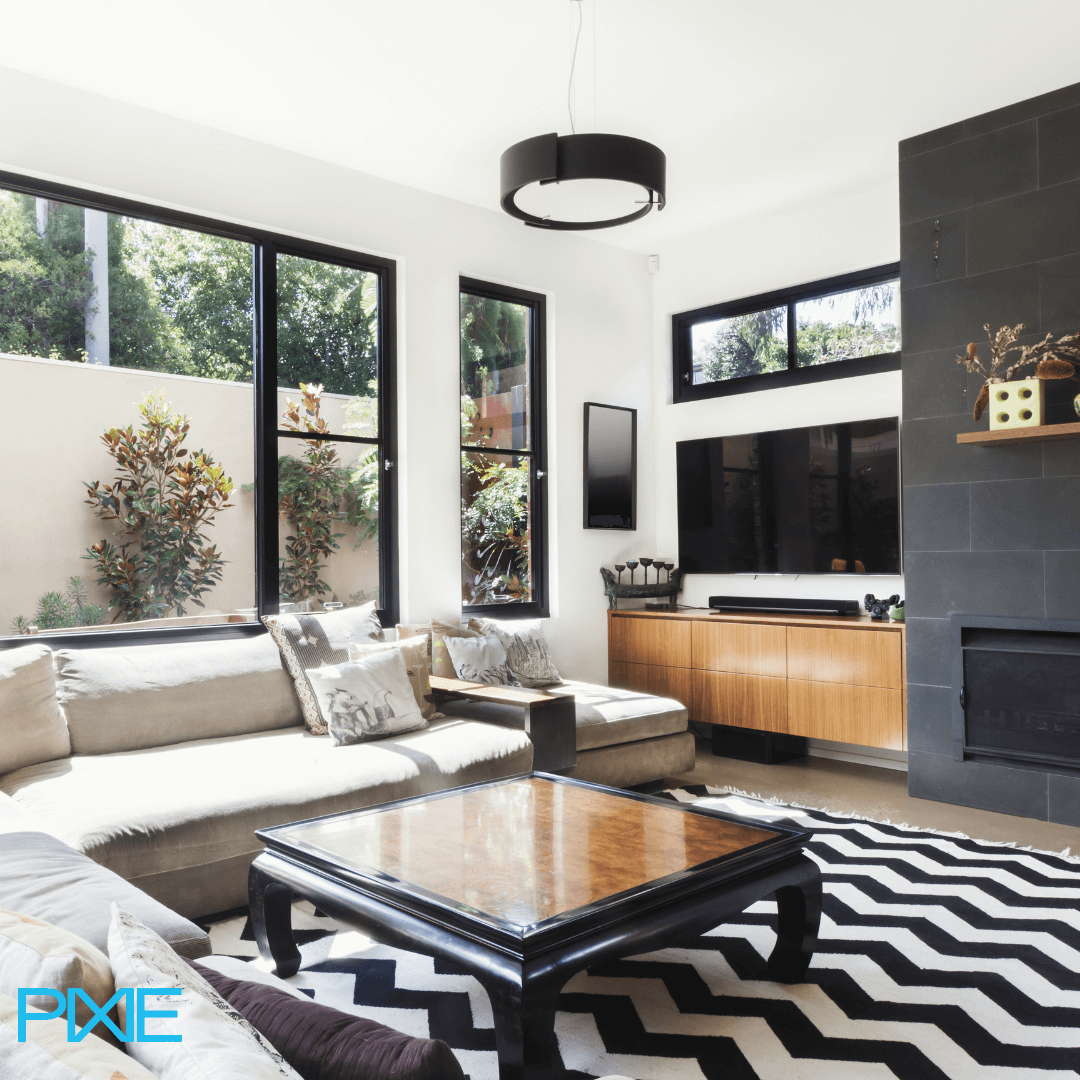
Right Light. Right Place. Right Time.
Most people, spend little time thinking about their lights beyond where they might get installed or how many they need, or leave it to their electrician or builder. However, with just a little more information you can totally transform the look, feel and comfort of your home from ordinary to extraordinary, adding value to your home and lifestyle for relatively small investment.
And using PIXIE you can even fine tune your lighting to ensure it is biologically appropriate for optimal human performance, automatically, using new Human Centric Lighting technology and principles.

Architecture Has No Life without Light
Take a moment to think about how many decisions you’ve made when building your new home, or if buying an existing home, all the considerations regarding its suitability.
If you’re like most people, you probably never even thought about lighting, other than perhaps how much natural light is entering the property.
And yet, lighting has the power to transform every architectural space you live in and when you understand just a little more about how light works you’ll make better decision to ensure your home stands out and make the most of your smart home options too.
You’ve spent all this time designing it, selecting homewares, artworks, furniture, carpet and tile colours, kitchen cabinetry etc. an so on, but without the right light, how you imagined this will all come together, may be very different.
The truth is that not all lighting is created equal.
Technical aspects such as colour temperature, colour rendering quality and controllability each play a critical role and impact not just on how your home looks but how healthy you and your family will be living there!
I’ll explain a little more, without complicating this too much.
Its should also be noted that everything discussed here with respects to lighting is based on LED lighting, not legacy light sources like tungsten, halogen, CFL or fluorescent.
It should also be noted that controlling every single light independently is rarely the best option in most home environments, due to increased costs and complexities in deploying and maintaining such systems. Instead, controlling groups of lights together, and layering different light types in spaces as groups is the best way to achieve an ideal outcome from both a cost and performance perspective.
Smart lighting systems make controlling these groups and light layers simple from Apps and single presses without running around operating dozens of switches and tweaking dials all across your home.
Colour Temperature
In simple terms this relates to the how warm or cold the light source is. The warmer the colour temperature becomes, the more orange the light will appear; the cooler the light becomes the more blue the light will appear.
On the Kelvin scale, used to measure colour temp., the smaller number represents a warmer colour temperature (more red spectrum) and higher number represent a cooler colour temperature (more blue spectrum)
Some typical numbers and descriptions for Colour Temperature are:
- 3000k (kelvin) – often described as warm white
- 4000k – often described as daylight
- 5000K – often described as cool white
Interestingly across the eastern seaboard of Australia there is a definitive preference for different colour temperatures from state to state, on average.
For example in Victoria there is a preference for 3k, or warmer light, whereas in Queensland the Cool white and daylight is preferred. Clearly this has something to do with biological preferences based on environment, and probably social norms, in our opinion and of course there are outliers to these typical bell curve distributions of preference for colour temperature.
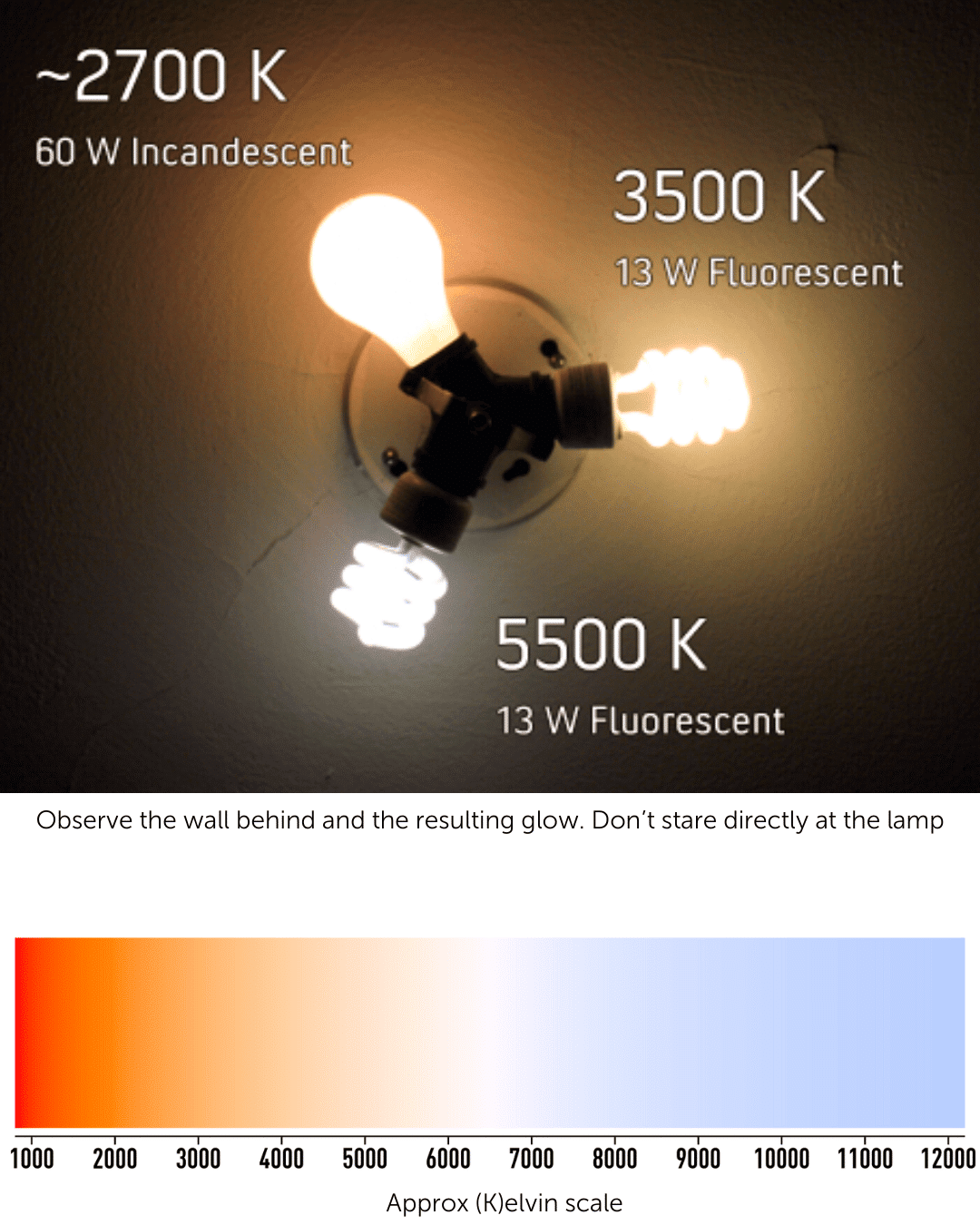
Today many light sources, including lamps, have the ability to flick a switch to choose between warm white, day light and cool white.
Human Centric Lighting solutions such as PIXIE’s RippleShield technology, Coolum Plus Downlights and LED Strip Kits also allow for real time colour tuning and automatic selection of the colour temperature depending on the time of day or user generated scenes and schedules.
This Human Centric Lighting from PIXIE is provided using CRI90 light sources.
Colour Rendering Quality (CRI)
In simple terms this refers to how close to real light (sunlight) the artificial light being used actually is. There is a scientific method for determining and testing this, and each reputable light source will have a CRI listed so users can make informed decisions.
If no CRI number is listed on the lights you are considering, look elsewhere and do not buy them as its likely they are very low quality which may also indicate performance and longevity issues related to cheaper manufacturing processes.
The reason sunlight is used as the reference should be obvious, and given that humans have existed on this planet for ~200-300,000 years, and artificial electric lighting has only been available since 1879, human biological responses and health are tightly linked to lighting from millennia on this sunny planet.
Whilst this is a very simplified explanation, in essence this is where CRI fits and should be part of your decision making process.
For many years in Australia the most common CRI used in most homes has been CRI80, as the minimum. In commercial offices and other commercial spaces this CRI is legislated in building codes, underlying its importance given how much time we spend inside.
However today, with the cost of LED lighting reducing whilst at the same time the efficacy increasing ( how many watts of power are needed to create how much light often referenced as lumen output), CRI>90 ( CRI greater than 90) should be used as standard wherever possible now in our opinion.
If the lights you are considering buying either don’t have any CRI listed or it is less that CRI 80, preferably CRI90, then make a different choice to make the most of your home’s architecture and interior design and your own well being.
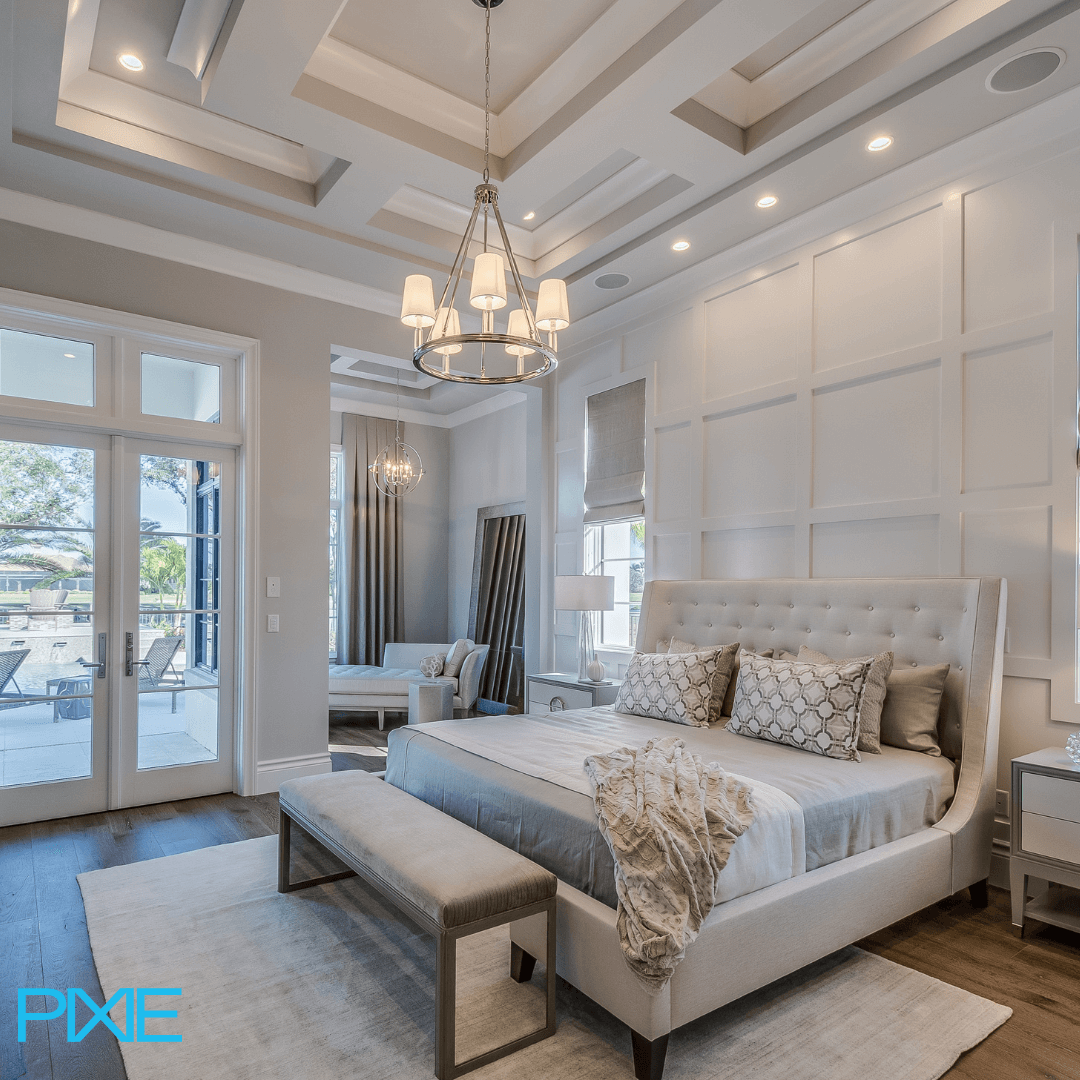
Dimming Technology
As we recommend dimming everything, understanding that there are different ways to dim different types of lighting is necessary, but not essential if approached correctly.
However, most of these dimming technology decisions wont impact you unless you have an Architect or Lighting Designer as part of your project team and they start throwing these terms around.
Technical terms such as leading edge phase dimming, trailing edge phase dimming, DALI dimming, PWM dimming, 0-10volt dimming don’t mean much to most people.
This has more to do with the lighting hardware, how its actually dimmed and the wiring and control infrastructure needed to make it operate.
Some technologies do provide better performance however, and the best smart home lighting systems like PIXIE support controlling (dimming) all of these different types transparently so you don’t need to exclude any particular technology when choosing what lights to use, because the smart lighting system you have is not capable.
That is, for you as the home owner, you can potentially dim 6 different types of lights together, where each light is controlled using a different dimming technology, but for you as the home owner, the lights dim from your PIXIE PLUS app. Period.
A note on flickering LED lights when dimming
Some people complain of their LED lights flickering, whereas their previous traditional light sources, independent of colour temperature or CRI, did not flicker.
This is related to a fundamental change and difference in the way LED lights create light compared to traditional light sources, which were essentially a thin metal filament heated up to white hot, in a vacuum.
LED is a light emitting diode which is rapidly turned off and on by the ‘driver’ (more electronic components) – especially when dimming. Its an electronic component and to dim this you require a special LED dimmer – another electronic component – or more accurately combinations of electronic components.
All these components need to be compatible with each other to operate optimally so there is more scope for something to go wrong. In our experience when using approved Australian products and high quality brands (lights AND dimmers), the instances of flickering is reduced significantly. Most issues related to flickering occur when using cheaper products.
There are 3 major flickering issues reported:
- Stroboscopic flickering -This feature primarily addresses flicker that might not be noticeable to the naked eye but can still cause discomfort or headaches. flickerControlled fixtures from SAL solve this issue.
- Incompatible devices – your selected lights and selected dimmers are not compatible with each other OR there is a technical issue related to operation that your electrician needs to fix. This could range from too little load, too much load, wiring issue, device failures etc.
- Off peak Hot water tone injections – for home owners in NSW and QLD only, whether you have off peak hot water at home or not, this is a known issue by all lighting and phase dimmer manufacturers in Australia. This is 100% solved using PIXIE RippleShield dimmers and lights in combination. This video on youtube explains this in complete detail.
As mentioned previously, some dimming technologies provide better performance, and when it comes to flickering either PIXIE’s RippleShield solution or DALI2 lighting fixtures from a wide range of manufacturers will solve this issue.
One of the challenges with DALI2 is the increase in costs and labour associated with the purchase of specialised DALI2 drivers/ lights and the additional cabling and system components needed to operate them.
So whilst DALI2 will eliminate flickering, it comes with a significant price premium now and forever with system tuning and light replacement needing to be done by technicians with computers.
PIXIE also controls DALI2 fixtures from all manufacturers using the PIXIE DALI2 Broadcast Controller, if DALi2 is preferred.
However, PIXIE provides the flicker free performance of DALI2 without the overhead associated with typical DALI solutions as described above.
You can read more about how PIXIE controls DALI2 here
Types of Lights and Recommendations
Downlights have for many years been the primary source of lighting in homes, besides a simple single globe or oyster style light in simpler lighting arrangements in the centre of room’s ceilings.
And whilst downlights continue to play a role for many homes, being very useful for delivering a whole lot of light in a space when needed, using a variety of different lighting hardware, when combined with colour temperature and CRI considerations, works wonders for differentiating your home from the run-of-the-mill.
The same rules apply here with respects to CRI and colour temperature options.
However, sometimes the colour temperature here may differ a little more than when using downlights, heading further down the colour temp. scale to a 2700k or 2400k LED lamp, making it a very, very warm colour which works well in table and floor lamps and chandeliers. These colour temperatures much more closely resemble the light produced from legacy light sources like tungsten lamps (old light globes).
Lamps
Remember lamps glow, bulbs grow.
When referring to lamps often these are called bulbs or globes by others because of their form factor and a throwback to the traditional incandescent ‘bulb’ used for so many years.
Herein we refer to these as lamps, where these lamps can be fitted into chandeliers, pendants, wall mounted fixtures, free-standing table and wall lamps (yes it can get confusing)
When selecting these lamps, choose the highest quality you can afford which are dimmable. These LED lamps are NOT like buying a traditional globes (now obsolete and unable to be sold in Australia due to Minimum Energy Performance Standards – MEPS), quality matters for performance.
Whilst these do provide a lot of flexibility in that they can be inserted into a wide range of fixture types with a massive choice of different size, styles and shapes available, dimming performances differ greatly.
Use of wall lights (up & down, down only or up only,) with lamps, or dedicated LED modules (meaning the LED light sources are not replaceable) is a great way to create interest in home spaces and eliminate unwanted shadows on faces as typically experienced from downlights, providing indirect and reflected light and creating a different moods in home spaces.
Use of track lights can be helpful where using more traditional light sources are difficult to install and where you may need very directional lighting for artwork and architectural features you’re highlighting at home. Again these come with interchangeable lamps and fixed LED modules – the same as wall lights.

LED Strip Lighting
LED strip lighting is a versatile light source which can be used for direct and functional lighting, indirect lighting effects such as ambient and wall washing effects, highlighting architectural features and entertainment lighting applications.
In the past its most often been used for lighting kitchen benchtops, under vanity’s in bathrooms and alike however, there are also many homes now that only use LED strip lighting with a down light nowhere in sight.
Choosing whether to use LED strip will depend on your access and ability to install it as well as the effect you are trying to achieve.
The same rules apply here with respects to CRI and colour temperature options, including the ability to tune colour temperature and intensity automatically and at will via Human Centric Lighting.
Dimming LED strip lighting is optimsied using dedicated LED strip dimmers which guarantee flicker free dimming, full range of dimming from 100% to 0% and optimal longevity for the LED strip under control. Again PIXIE has dedicated LED strip dimmers designed for an optimal outcome for any manufactures constant voltage LED strip – single colour or RGB ( red, green blue).
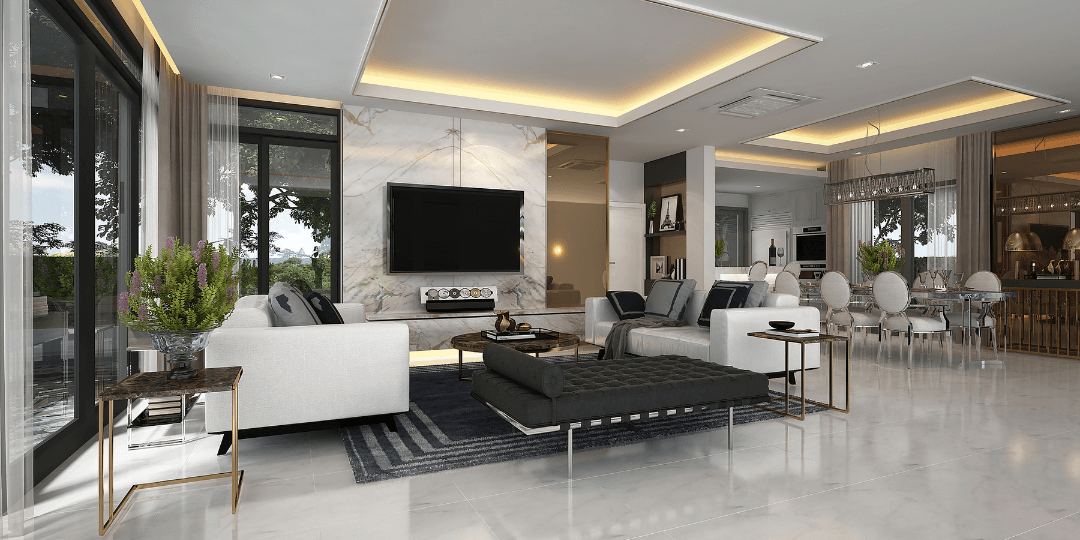
Layering Lighting
Combining LED strip lighting, wall lights, track lights pendants, downlights and more is the best way to ensure your lighting is enabling your home to glow in all her architectural beauty.
A simple space like a kitchen may feature functional downlights, LED strip and some pendants, where each group of lights can be controlled both independently and together at different intensities depending on the task at hand; whereas you’re living room with LED strip in your cabinetry, wall lights and standing floor lamps creates a more relaxed mood like a luxury hotel room – this can be activated automatically every evening from your PIXIE smart home system schedules too.
This light layering also enables you to create contrast and the choice to create inconsistent lighting levels in a space with directionality, which can create interest and dimensions to space that is unachievable with downlights alone.
When you allow for more than a single light source in a space, ensure it is dimmable and overlay a smart lighting system to simplify control of thee layers, you elevate your home from ordinary to something special.
Human Centric Lighting – Optimise You and Your Home
Human-Centric Lighting, or HCL, is a type of lighting that helps people feel healthier and happier. It is designed to make you more comfortable, improve your mood, and help you get more work done.
It goes beyond just helping us see better and takes into account how light can influence our emotions and our body’s internal clock. HCL aims to mimic the natural changes in daylight throughout the day. This means adjusting not only the brightness of the light but also its colour.
Importantly HCL is not a single feature.
Often it’s thought of too simply as the the ability to manage the colour temperature of the lights under control to more accurately match the actual colour of the light outside, and tune this colour dynamically, as described above.
This light matching can assist to synchronize human circadian rhythms which when aligned, allow us to perform better.
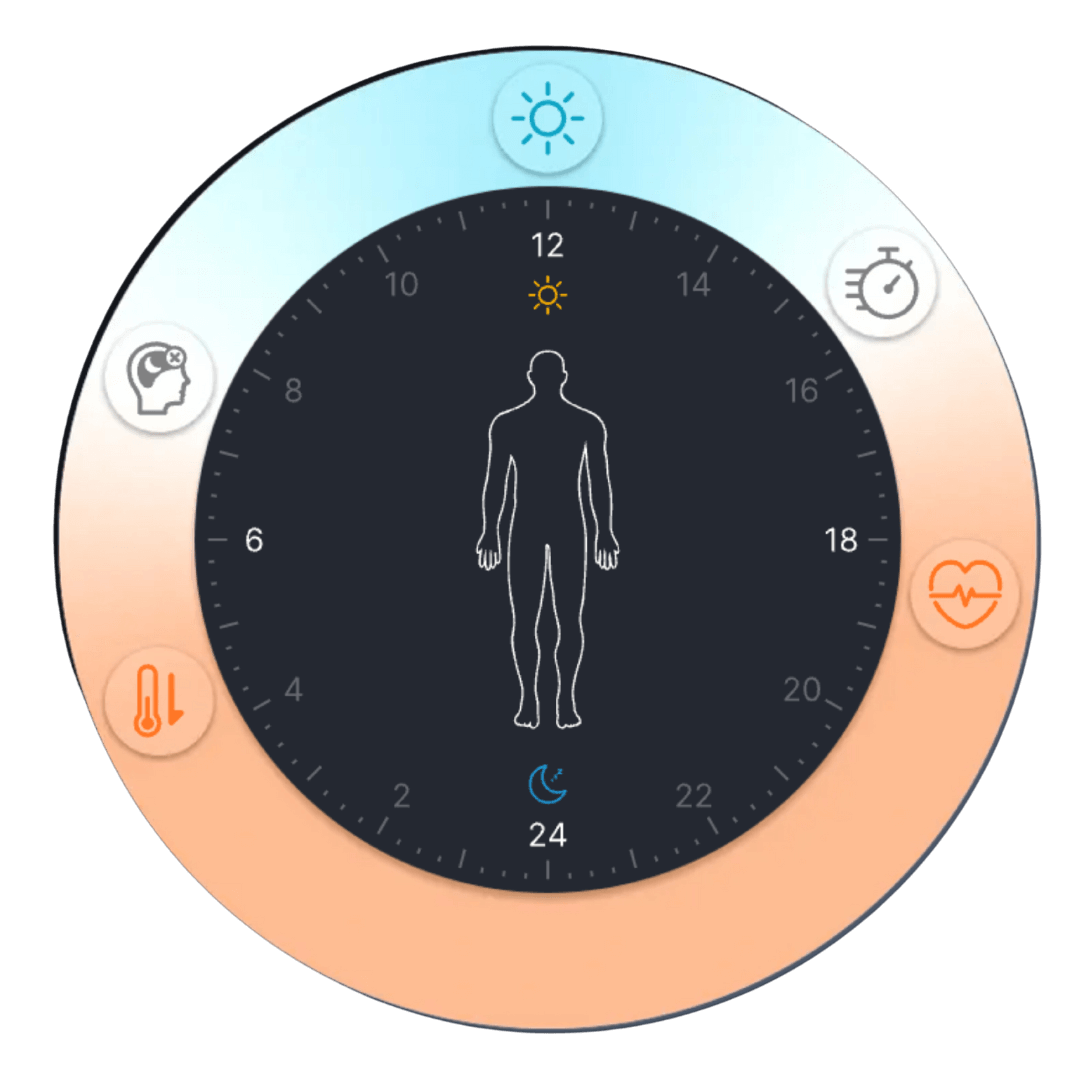
And whilst this circadian rhythm alignment is an important part of the Human Centric Lighting solution offered by PIXIE, HCL encompasses more than that.
- User control: Let you and your family adjust the lighting in their own spaces.
- Daylight integration: Use natural daylight so people can enjoy the changing light throughout the day.
- Circadian principles: Our body’s internal clock is affected by light. By changing the brightness and color of light during the day, lighting can support our body’s natural rhythms.
- Intensity: Instead of keeping the same brightness everywhere, using different light levels in a space can make it more interesting.
- Direction: Too much light from above can feel dull and create unwanted shadows. A better approach uses light from different directions.
- Flicker: Flickering lights can cause headaches and distract people, so HCL avoids this problem.
The PIXIE smart home system provides all of these options in a single, simple to deploy platform.
Using the PIXIE COOLUM PLUS (part#: S9068TW35WH/RS) downlight range and the PIXIE LED Strip Kits with PIXIE HCL mode, PIXIE now delivers a biologically tuned smart home lighting experience automatically – for an even smarter, more comfortable, healthier home
Use of either the PIXIE colour tunable LED strip kits and the new (2025) Coolum PLUS provides guaranteed flicker free operation, dimming and
Simple Light Selection Checklist
Putting all of this together we get a list of 10 items in order of importance for most home owners.
- Buy the best quality LED lighting you can afford
- Select lights which are either colour temperature tunable OR colour selectable
- Choose >CRI80 or preferably >CRI90 quality lights
- Dim everything (or just about everything – does your linen closet really need to dim?)
- Beware flickering when dimming – esp. if living in NSW and QLD
- Use more than just downlights – consider LED strip, wall lights, track lights, lamps etc.
- Layer lighting – use more than a single light source-type per space
- Introduce a smart lighting system or home automation and lighting system to manage your layered lighting
- There is no need to control every light individually – it creates unnecessary complexity. Stop it.
- Choose Human Centric Lighting where it makes sense in your home for optimal biological compatibility and performance

